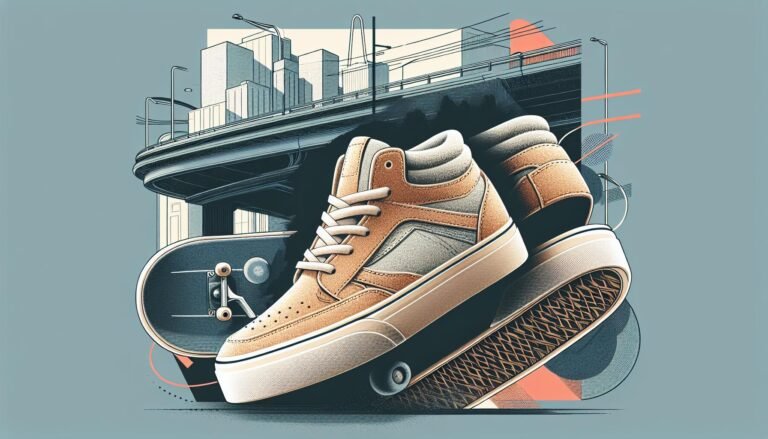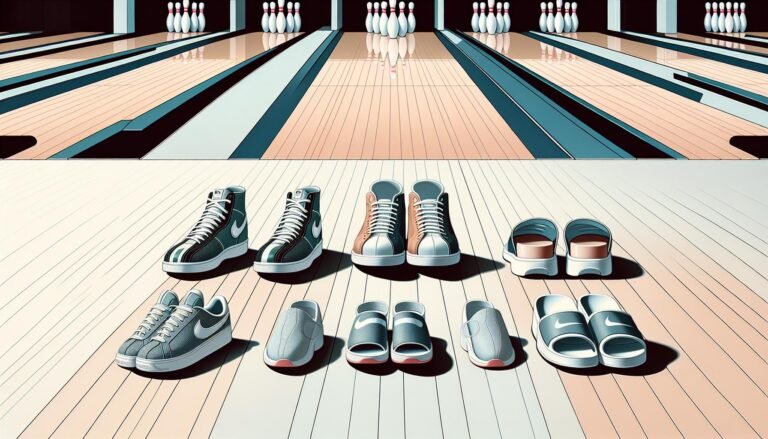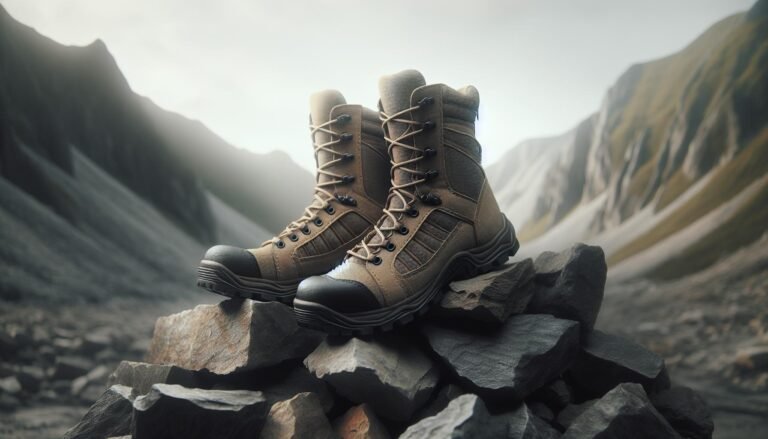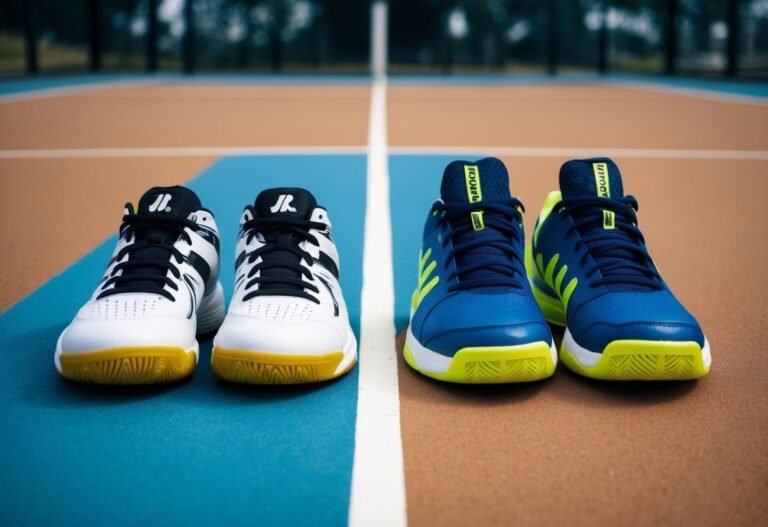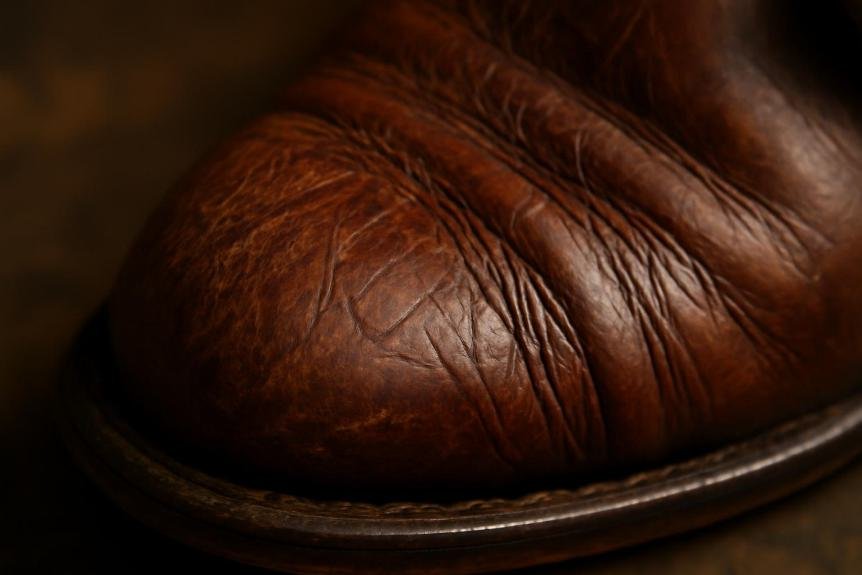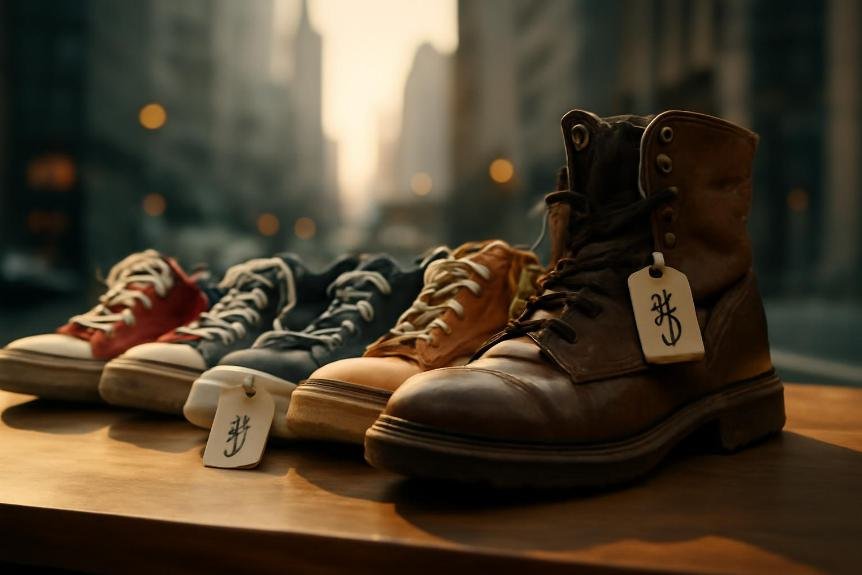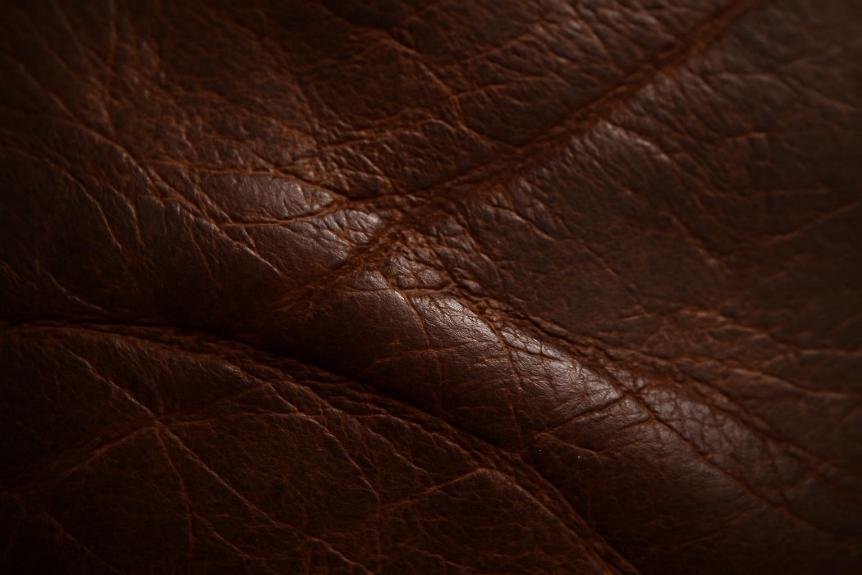Maximize Slipper Lifespan: Tips for Durability and Comfort
When I first slide into a new pair of slippers, the comfort and warmth they offer is unmatched. But as time goes by, I can’t help but wonder how long this bliss will last. It’s a question we’ve all pondered at some point: how long do slippers actually last?
The lifespan of slippers isn’t a one-size-fits-all answer. It depends on a variety of factors, from the materials used to the frequency of wear. I’ve delved into the world of slippers to bring you insights on what affects their durability and how you can make yours last longer.
Key Takeaways
- Material Impact: The durability of slippers greatly depends on their material. Leather slippers typically offer the longest lifespan, lasting 2-5 years, while synthetic options might only last 6-12 months. Understanding the pros and cons of each material can inform more sustainable purchasing decisions.
- Usage and Maintenance: How often you wear your slippers and how well you take care of them have a significant impact on their longevity. Regular maintenance and proper cleaning can extend their useful life, with practices varying based on the materials of the slippers.
- Replacement Indicators: Recognizing when to replace slippers is key to maintaining foot health and comfort. Signs include worn-out soles, material deterioration, persistent odors, and discomfort. Heeding these indicators can prevent discomfort and safeguard against slipping hazards.
- Longevity Strategies: Simple practices such as rotating between pairs, cleaning according to material guidelines, using slippers strictly indoors, employing slipper inserts for added protection, and proper storage can all extend the lifespan of your slippers. Adopting these habits can ensure slippers remain comfortable and hygienic longer.
- Environmental Considerations: Choosing slippers made from durable materials and extending their lifespan through proper care not only offers personal benefits but also poses less of an environmental burden by reducing waste and the frequency of replacements.
Factors Affecting the Lifespan of Slippers

When considering how long slippers last, I’ve discovered that there are several key factors at play. It’s not just about the brand or the price; it’s more about how they’re made and used.
Material Matters
First off, the material plays a pivotal role in determining a slipper’s durability. Slippers can be made from a variety of materials – leather, cotton, synthetic fibers, and more. Leather slippers tend to offer a higher durability, adapting to the shape of your feet over time and withstanding wear and tear better than others. On the other end, cotton and synthetic materials may provide comfort and aesthetic appeal but often fall short in longevity.
Frequency of Use
How often you wear your slippers impacts their lifespan significantly. It’s quite straightforward – the more you wear them, the faster they’ll wear out. I’ve noticed that my slippers meant for daily use tend to last between 6 to 12 months, while those I wear less frequently can last much longer.
Care and Maintenance
The level of care you dedicate to your slippers can either prolong or shorten their lifespan. Simple practices like avoiding water exposure, using slippers on the intended surface, and proper cleaning can make a big difference. For example, leather slippers benefit greatly from regular conditioning, while washing machine-friendly slippers should be cleaned regularly to prevent breakdown of materials.
Environment
Where you wear your slippers plays a crucial role too. Indoor slippers used on soft carpeting or hardwood floors will naturally last longer than those worn outdoors or on abrasive surfaces.
By understanding these factors, I’ve managed to extend the life of my favorite slippers significantly. Paying attention to the type of material, how often you wear them, their maintenance, and where you use them can help you get the most out of your cozy companions.
Common Materials Used in Slippers
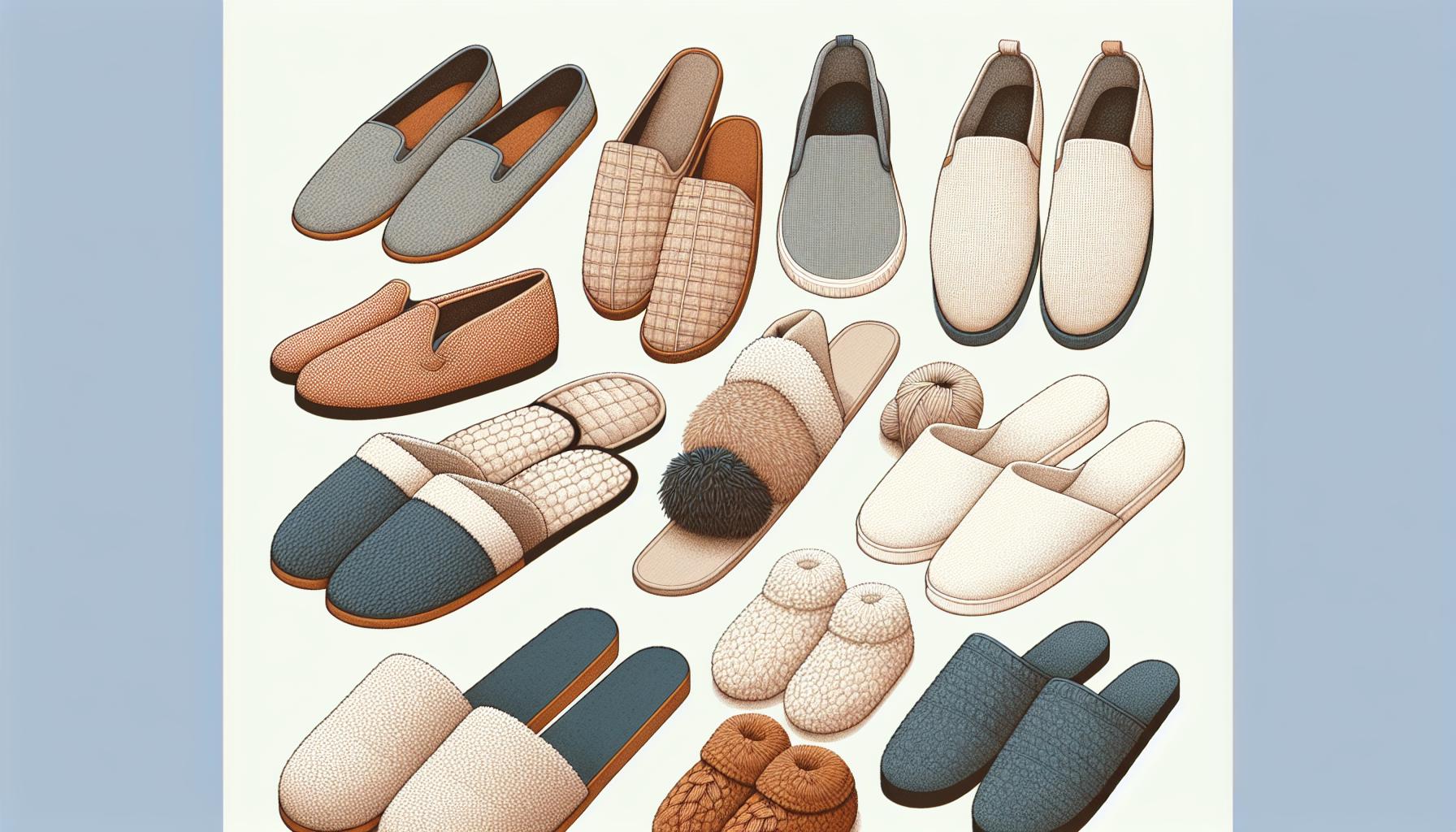
When it comes to determining how long your slippers will last, one can’t overlook the significant role that materials play in their durability. I’ve explored various types of materials used in the manufacturing of slippers, and here’s what I’ve found.
Leather slippers, renowned for their robustness, are at the top of the durability scale. Leather’s natural properties allow for breathability and mold resistance, which contribute significantly to its longevity. Moreover, leather slippers, with appropriate care like regular conditioning, can last for years, making them a preferred choice for those looking for longevity.
Moving on, cotton and synthetic materials are commonly used for their comfort and affordability. However, they tend to have a shorter lifespan. Cotton, being a natural fiber, is soft and breathable, perfect for summer slippers. However, it lacks the strength to withstand heavy wear and tends to absorb moisture, which can lead to quicker degradation. Similarly, synthetic materials, while offering a wide range of designs and colors, often wear out faster due to lower resistance to constant use and environmental factors.
For those in colder climates, wool is a popular choice. Wool slippers provide excellent insulation, keeping your feet warm and cozy. They also have natural odor-resistant properties, ensuring your slippers remain fresh longer. Yet, like cotton, wool can be prone to wear if not cared for properly.
To give you a clearer idea, I’ve put together a table comparing the average lifespan of slippers made from these materials:
| Material | Average Lifespan |
|---|---|
| Leather | 2-5 years |
| Cotton | 1-2 years |
| Synthetic | 6-12 months |
| Wool | 1-3 years |
It’s clear from this information that while the initial cost may be higher, investing in slippers made from durable materials like leather could be more cost-effective in the long run. On the other hand, if you prefer the softness and warmth of materials like cotton or wool, understanding and accepting their potentially shorter lifespan is key.
Signs Your Slippers Need Replacing
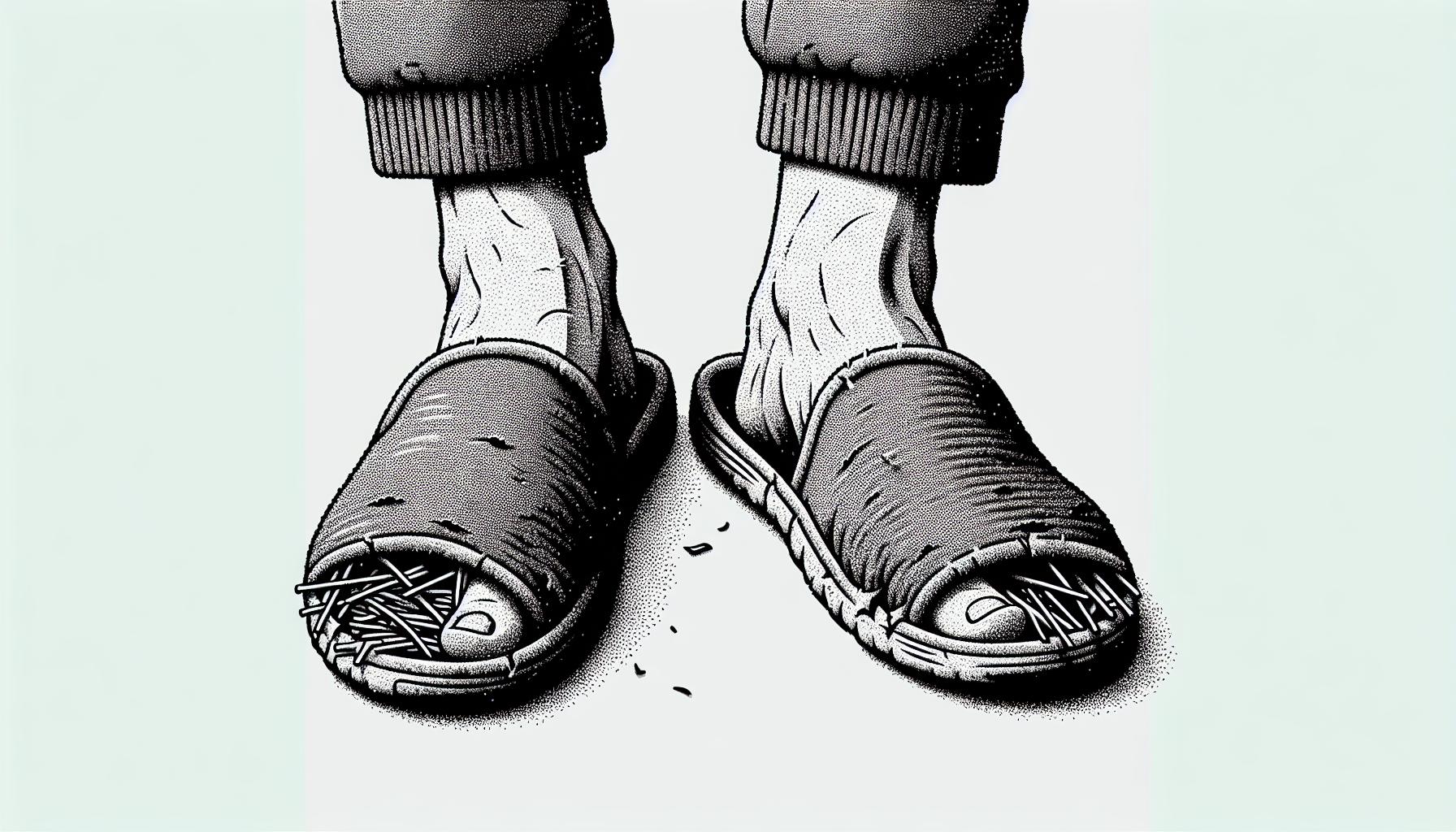
Spotting the right time to replace your slippers can be tricky. However, there are a few tell-tale signs that suggest it’s time for a new pair. From my experience, paying attention to these indicators can save you from discomfort and protect your feet in the long run.
Firstly, worn-out soles are a major sign. If my slippers’ soles start thinning, showing holes, or losing their tread, I know they’re not offering the support or protection I need. This not only compromises comfort but also increases the risk of slipping.
Another indicator is the overall deterioration of the material. Leather slippers that start to crack, woolen pairs that become thin and lose their shape, or cotton and synthetic ones that tear are all signs that they’ve served their purpose. I’ve found that material breakdown significantly affects the slippers’ comfort and thermal properties.
Persistent odors also tell me it’s time for a change. No matter how much I air them out or use odor eliminators, some slippers just won’t freshen up. This is often due to bacteria build-up, indicating that the material can no longer provide proper ventilation.
Lastly, discomfort or pain signals that my slippers are no longer supporting my feet correctly. Whether it’s due to flattened insoles, stretched-out materials, or just general wear and tear, I know it’s time for a replacement if my slippers stop being comfortable.
Recognizing these signs early can help maintain foot health and ensure I’m always stepping in comfort. Plus, it prevents me from holding onto slippers past their prime, allowing me to explore newer, more supportive options.
Tips to Extend the Lifespan of Your Slippers
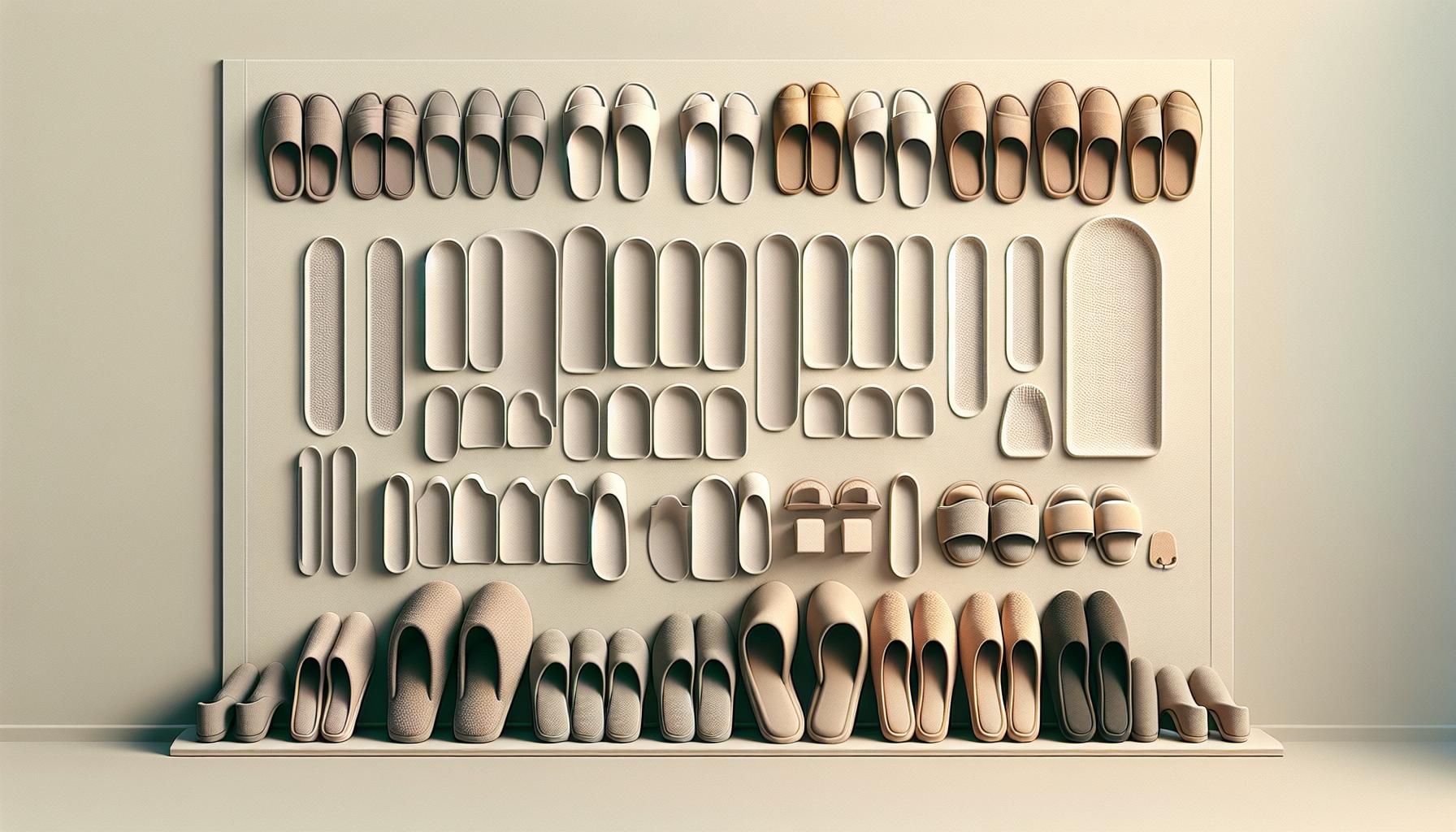
Awareness of when it’s time to let go of our cozy companions, the slippers, leads us naturally to wonder how we can make them last longer. I’ve discovered several strategies that effectively extend the life of slippers, ensuring both comfort and hygiene are maintained for as long as possible.
Rotate Your Pairs: Just like you wouldn’t wear the same shirt every day, it’s smart not to wear the same slippers daily. I’ve found that having at least two pairs to alternate between reduces wear and tear. This rotation allows each pair to air out, keeping them fresh.
Proper Cleaning Techniques: Understanding the material of your slippers is key to knowing how to clean them properly. For example, wool slippers can often be hand washed with mild detergent, whereas leather slippers might require specific cleaning agents. Regular cleaning not only keeps them hygienic but also prevents material deterioration.
Indoor Use Only: It might seem tempting to step outside with your slippers for quick errands, but this accelerates their wear significantly. I strictly use my slippers indoors to minimize exposure to rough surfaces and moisture, which can break down the soles and materials much faster.
Use Slipper Inserts: For an added layer of protection, I recommend slipper inserts. They not only provide extra comfort but also absorb impact and sweat, thus reducing the strain on the slippers themselves. Plus, they’re replaceable, which can refresh an older pair of slippers.
Storage Matters
Finally, don’t underestimate the power of proper storage. Keeping slippers in a cool, dry place away from direct sunlight prevents the materials from breaking down prematurely. I avoid piling things on top of my slippers to maintain their shape and support. Following these tips has significantly extended the lifespan of my slippers, enhancing both comfort and hygiene in my daily routine.
Conclusion
Adopting these strategies can significantly impact how long your slippers last. By rotating pairs, cleaning them correctly, and using them as intended, you’re not just preserving their life but also ensuring they remain a source of comfort and hygiene. Incorporating slipper inserts and proper storage further safeguards against premature wear. Remember, the effort you put into caring for your slippers is directly proportional to the extended comfort and support they’ll provide. Let’s make the most out of our cozy companions by treating them with the care they deserve.
Frequently Asked Questions
How can I extend the lifespan of my slippers?
To extend the lifespan of your slippers, rotate between pairs, use the proper cleaning techniques based on the material, keep them indoors to reduce wear, use slipper inserts for added protection, and store them properly to prevent damage.
What are the proper cleaning techniques for slippers?
Proper cleaning techniques vary by material. Generally, fabric slippers can often be machine-washed on a gentle cycle, while leather and suede should be cleaned with specific products designed for those materials. Always check the manufacturer’s instructions.
Why should slippers be used strictly indoors?
Using slippers strictly indoors prevents them from coming into contact with outdoor elements like dirt, water, and rough surfaces, which can accelerate wear and tear.
How do slipper inserts help?
Slipper inserts provide additional cushioning, which not only increases comfort but also helps in evenly distributing your foot’s pressure across the slipper, reducing wear on specific areas, thereby extending the slipper’s lifespan.
What is the importance of proper storage for slippers?
Proper storage is crucial to prevent premature deterioration of slippers. Store them in a dry, cool place away from direct sunlight to avoid material degradation and maintain their shape and functionality for longer.


